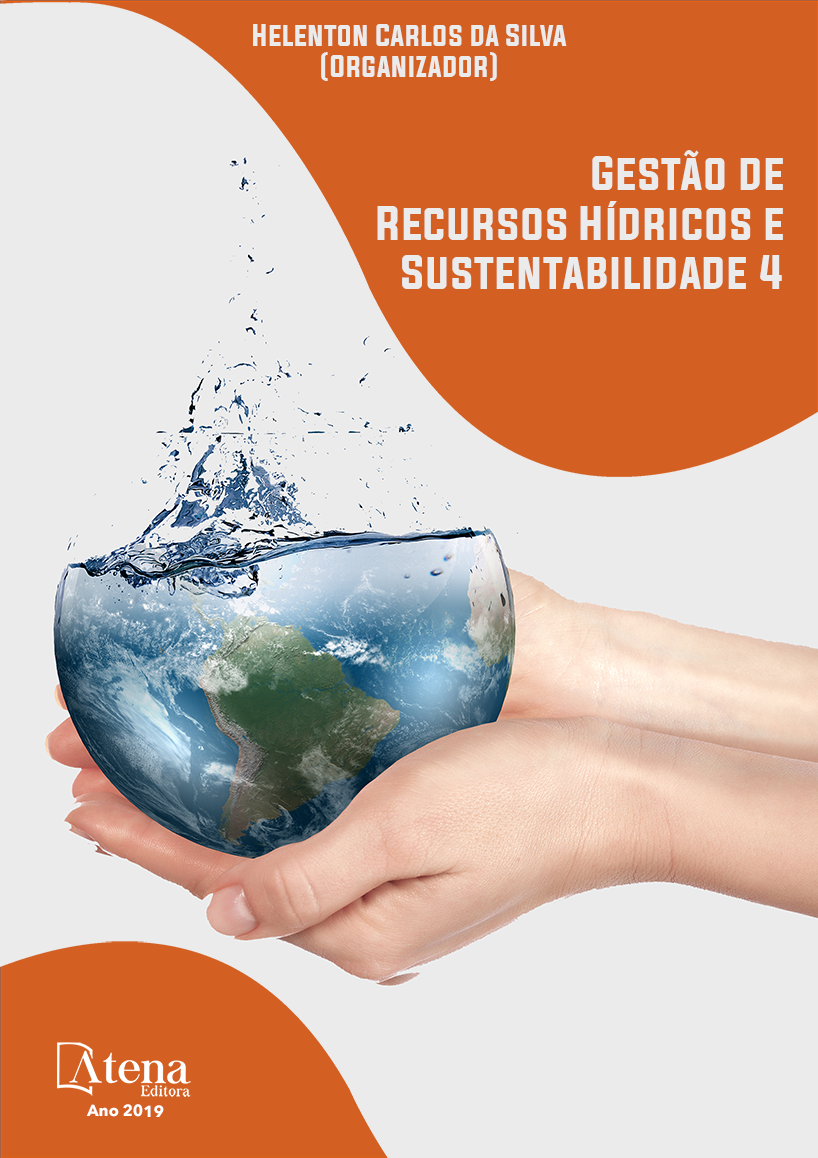
DEFINIÇÕES E CONCEITOS RELATIVOS À LMEO E À DELIMITAÇÃO DAS ÁREAS DE PROTEÇÃO PERMANENTES COM FUNÇÃO HÍDRICA À LUZ DO NOVO CÓDIGO FLORESTAL BRASILEIRO
Este artigo se propõe a apresentar
e discutir conceitos relacionados à demarcação
da Linha Média de Enchente Ordinária (LMEO)
e à delimitação de Áreas de Preservação
Permanentes (APPs) que visam proteger os
cursos d´água, considerando a instituição
da Nova Lei Florestal, a Lei nº. 12651, de
25 de maio de 2012, também chamada de
Novo Código Florestal Brasileiro. Os diversos
conceitos apresentados em uma série de
dispositivos legais relacionados à delimitação
de APPs que visam proteger os cursos
d´água não apresentam clareza que permita a
implementação de políticas públicas capazes
de garantir a efetiva preservação dos recursos
hídricos. Isso devido aos diversos aspectos
discutidos, a saber: i) o rio representa um
sistema dinâmico para o qual se tem dificuldade
de se determinar a calha de leito regular; ii) a
grande variação de ecossistemas no país para
os quais devem ser consideradas as suas
especificidades; e iii) a vasta extensão territorial
que exige o uso de ferramentas de análise
remota que, em alguns casos, necessitam de
simplificações para garantir sua aplicabilidade.
DEFINIÇÕES E CONCEITOS RELATIVOS À LMEO E À DELIMITAÇÃO DAS ÁREAS DE PROTEÇÃO PERMANENTES COM FUNÇÃO HÍDRICA À LUZ DO NOVO CÓDIGO FLORESTAL BRASILEIRO
-
DOI: 10.22533/at.ed.68319270911
-
Palavras-chave: LMEO; Área de Proteção Permanente; Código Florestal.
-
Keywords: LMEO; Permanent Protection Area; Forest Code.
-
Abstract:
This article aims to present and
discuss concepts related to the Annual Average
Flood Line (LMEO) and the delimitation of the
Permanent Preservation Areas (APP) that
aim to protect water courses, considering the
institution of the New Forestry Act, the 12.651
Law from May 25, 2012, also called the New
Brazilian Forestry Code. The various concepts
presented in a series of legal provisions relating
to the delimitation of PPAs, aimed at protecting
water courses, do not have enough clarity to
enable the implementation of public policies
in order to ensure the effective conservation
of water resources. This is due to the various
aspects discussed, as follows: i) the river is a
dynamic system for which it is difficult to determine its regular river channel; ii) the wide
range of ecosystems within the country for which the individual characteristics should
be considered; and iii) the vast territorial extension that demands the use of remote
analysis tools, which, in some cases, need to use simplifications in order to ensure its
applicability.
-
Número de páginas: 15
- Sandra Regina Afonso
- Marcio Antonio Sousa da Rocha Freitas
- Marcos Airton de Sousa Freitas


